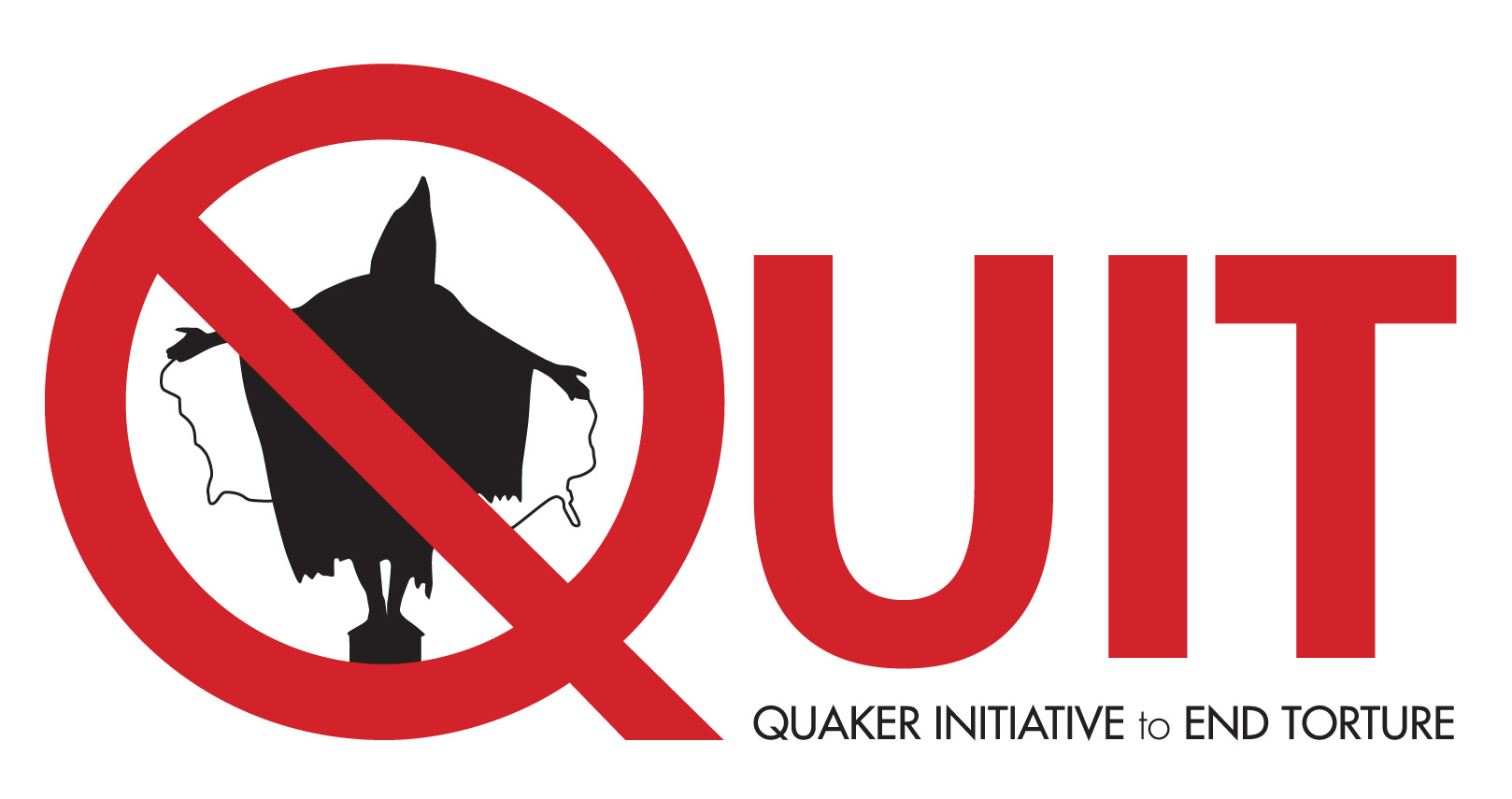Frequently Asked Questions About Torture
What is torture?
In the Convention Against Torture of 1984, torture is defined as "any act by which severe pain or suffering, whether physical or mental, is intentionally inflicted on a person for such purposes as obtaining from him or a third person information or a confession, punishing him for an act he or a third person has committed or is suspected of having committed, or intimidating or coercing him or a third person for any reason based on discrimination of any kind, when such pain or suffering is inflicted by or at the instigation of or with the consent or acquiescence of a public official or other person acting in an official capacity."
What are the most common forms of torture?
Physical torture may include suspension, beatings, electric shock, deprivation of food and water, sexual abuse and forced ingestion of chemicals. Other types of torture that have primarily psychological effects include solitary confinement, threats, witnessed torture or execution, sham executions, deprivation of sleep, and monopolization of perception.
What are the effects of torture on its victims?
Survivors of torture often suffer from a combination of physical and psychological effects. Physical effects may include scars, broken bones, muscle swelling, stiffness or atrophy, chronic pain, headaches, deafness, blindness and loss of teeth. Victims often suffer from psychological symptoms such as lack of sleep, nightmares, problems with concentration, anxiety, depression, irritability, adjustment disorders, impotence, and feelings of powerlessness, shame and guilt.
How common is torture among individuals living in the United States?
Between 5 - 10% of foreign-born individuals in large, urban HMOs have been tortured in foreign countries, according to one study cited in "The Role of the Physician and the Medical Profession in the Prevention of International Torture and in the Treatment of its Survivors" (American College of Physicians Annals of Internal Medicine, April 15, 1995). According to the Bellevue Hospital/New York University Program for Survivors of Torturethere are as many as 400,000 people now living in the United States who are survivors of torture who fled from their home countries to the safety of this country.
What is the role of the health professional in documenting torture?
Health professionals can provide expert testimony on behalf of individuals seeking asylum. Physicians can help judges understand the effects of torture and other human rights violations on the asylum seeker's demeanor. This expert testimony can validate an applicant's claim by showing that his or her symptoms are consistent with the applicant's account of trauma. By joining the Physicians for Human Rights Asylum Network, you could provide assistance for torture survivors in the form of an evaluation. Please contact Samantha Morse at 617-695-0041 x. 216 or smorse@phrusa.orgfor more information.
What other resources are available for torture survivors?
There are a number of centers across the United States that provide medical and psychological treatment for torture survivors. They are listed on this web site, or you may visit the Survivors International website for a listing of torture treatment centers. From Physicians for Human Rights, accessed May 30, 2006.
